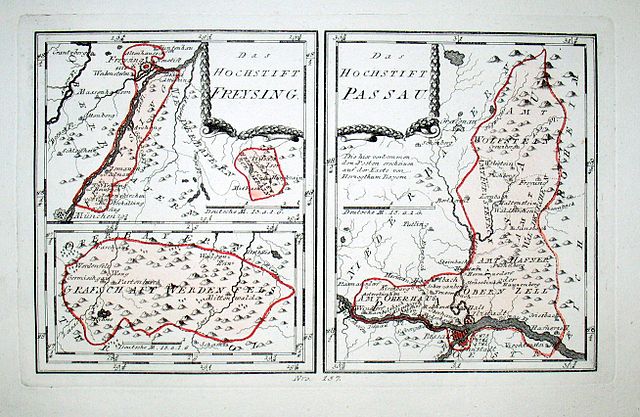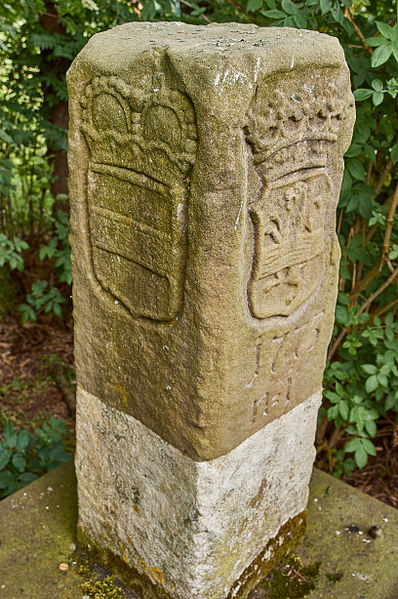Prince-Bishopric of Brandenburg
The Prince-Bishopric of Brandenburg was an ecclesiastical principality of the Holy Roman Empire from the 12th century until it was secularized during the second half of the 16th century. It should not be confused with the larger Diocese of Brandenburg established by King Otto I of Germany in 948, in the territory of the Marca Geronis east of the Elbe river. The diocese, over which the prince-bishop exercised only spiritual authority, was a suffragan diocese of the Archdiocese of Magdeburg, its seat was Brandenburg an der Havel.
Ziesar Castle [de], now a museum also showing the history of the Prince-Bishopric of Brandenburg
In the Holy Roman Empire, the German term Hochstift referred to the territory ruled by a bishop as a prince, as opposed to his diocese, generally much larger and over which he exercised only spiritual authority. The terms prince-bishopric and ecclesiastical principality are synonymous with Hochstift. Erzstift and Kurerzstift referred respectively to the territory (prince-archbishopric) ruled by a prince-archbishop and an elector-archbishop while Stift referred to the territory ruled by an imperial abbot or abbess, or a princely abbot or abbess. Stift was also often used to refer to any type of ecclesiastical principality.
Hochstifte and dioceses in the late 18th century
Two prince-bishoprics (Hochstifte) in the late 18th century
Stone marker from 1766 demarcating the territories of the Prince-Bishopric of Münster (coat of arms on the left side) and the Dutch province of Overijssel

![Ziesar Castle [de], now a museum also showing the history of the Prince-Bishopric of Brandenburg](https://upload.wikimedia.org/wikipedia/commons/thumb/6/6d/Burg_Ziesar_14.jpg/640px-Burg_Ziesar_14.jpg)


